|
|
|
Harvesting Pinyon Nuts |
|
|
|
 |
|
|
|
The single-leaf pinyon (Pinus monophylla) is a small tree from 15-50 feet tall that grows in the eastern Sierra and adjacent mountain ranges at elevations between 5,000 and 9,000 feet.
|
|
|
|
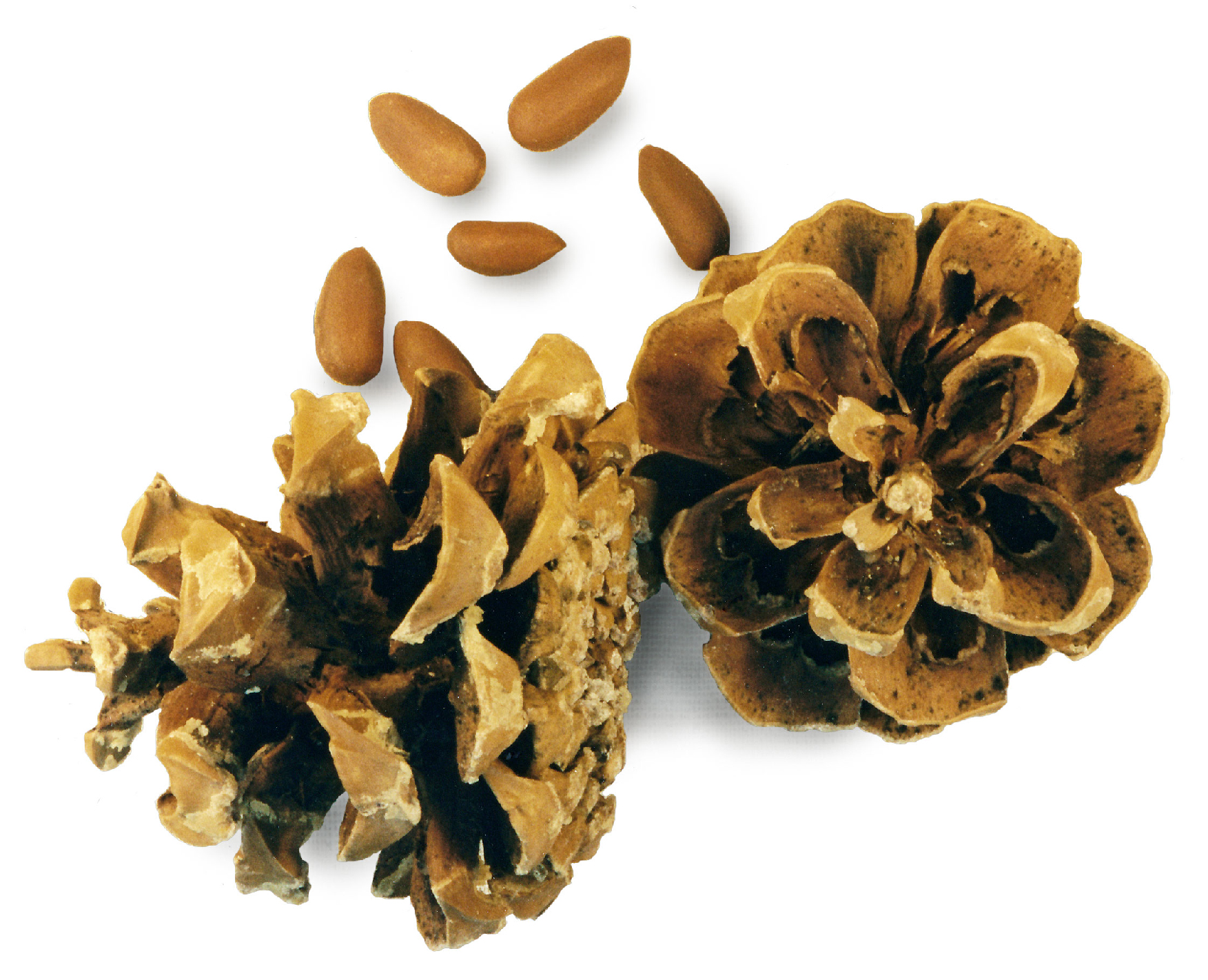 |
|
|
|
Archaeologists believe that early Native people living on the east side of the Sierra Nevada traveled in small, nomadic family groups. At first they collected and ate the nuts from the mature, brown pinyon cones as they moved through the mountains in the fall.
|
|
|
|
As their populations grew, people began to stay in permanent valley villages. These villagers would travel into the mountains in large groups to gather and roast the pinyon nuts and store them for year-round consumption and to trade for other goods.
|
|
|
|
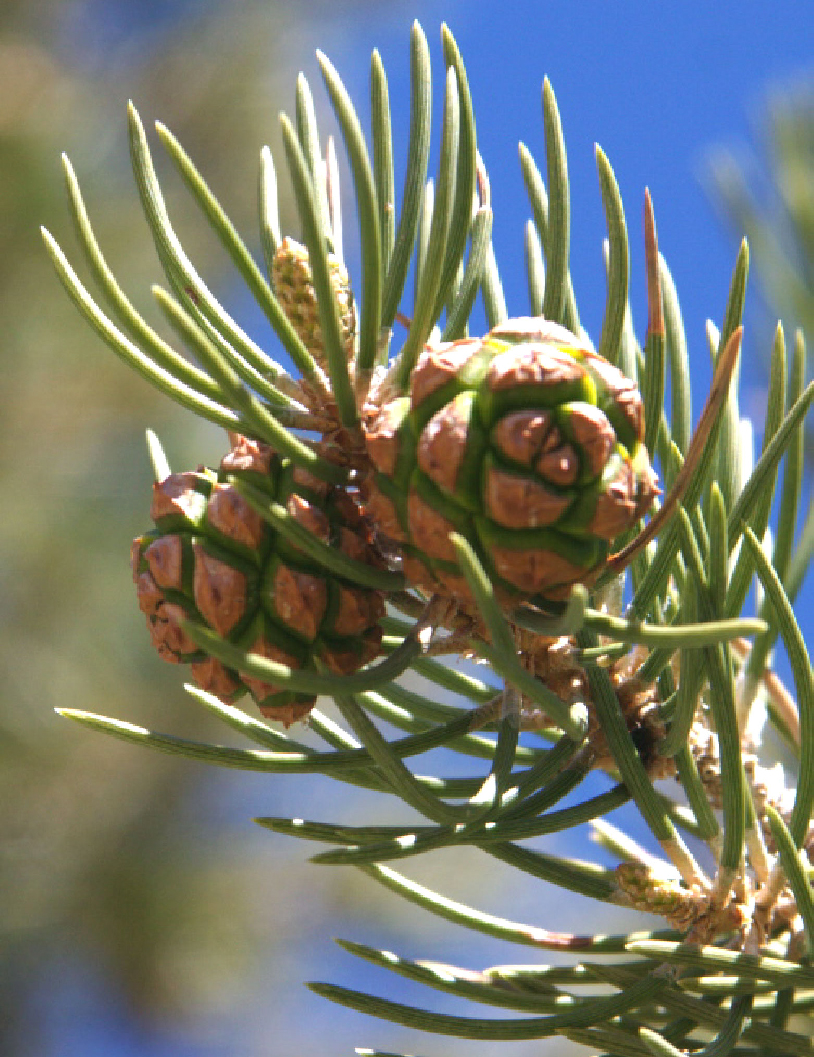 |
|
|
|
These later harvests were often timed so the cones could be collected green, before they would open and release the nuts which might be eaten by birds, squirrels, deer, and other animals. The harvest took place from August through November and required lots of people. |
|
|
| Photo by Brent Miller |
|
|
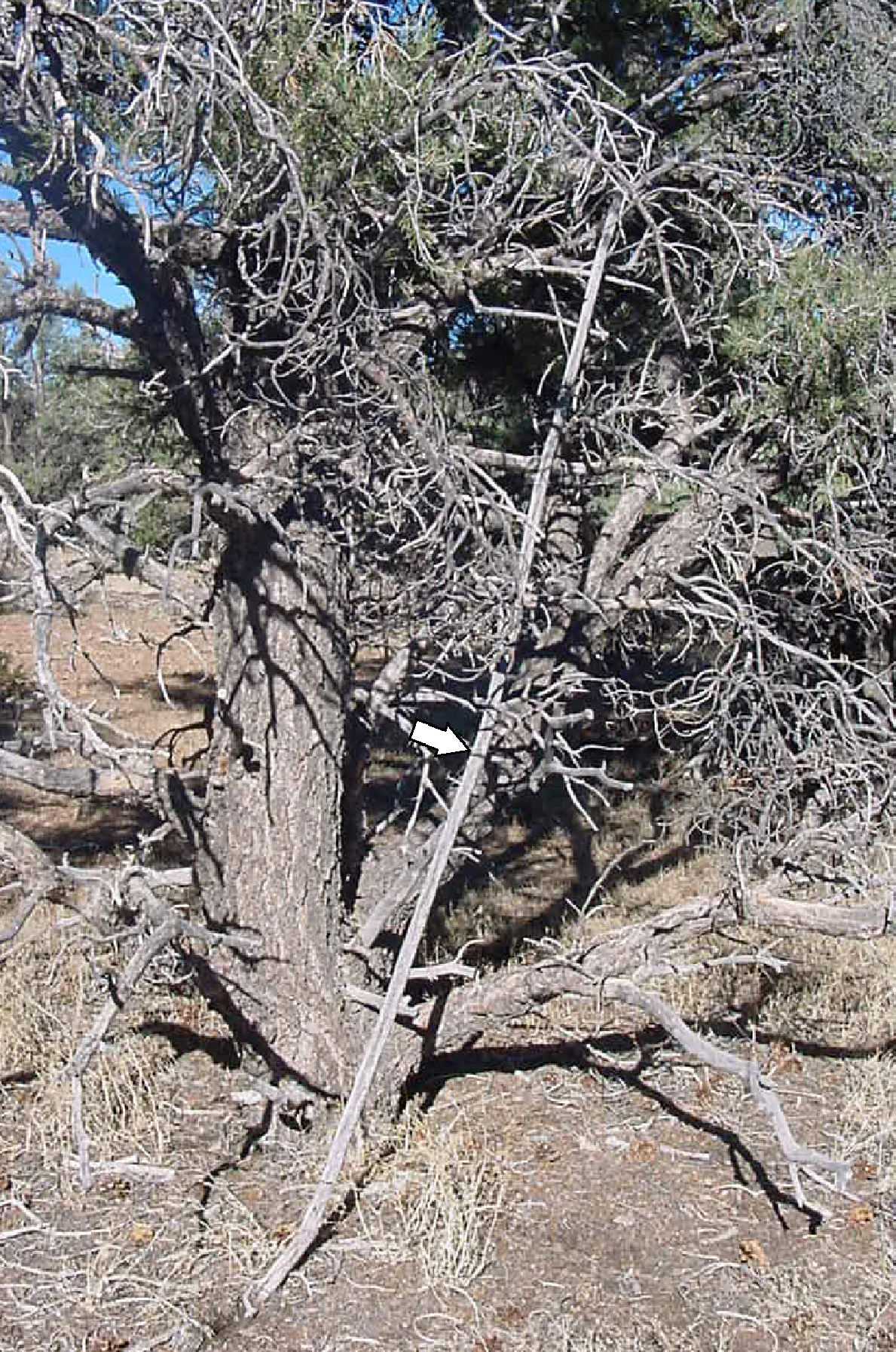 |
|
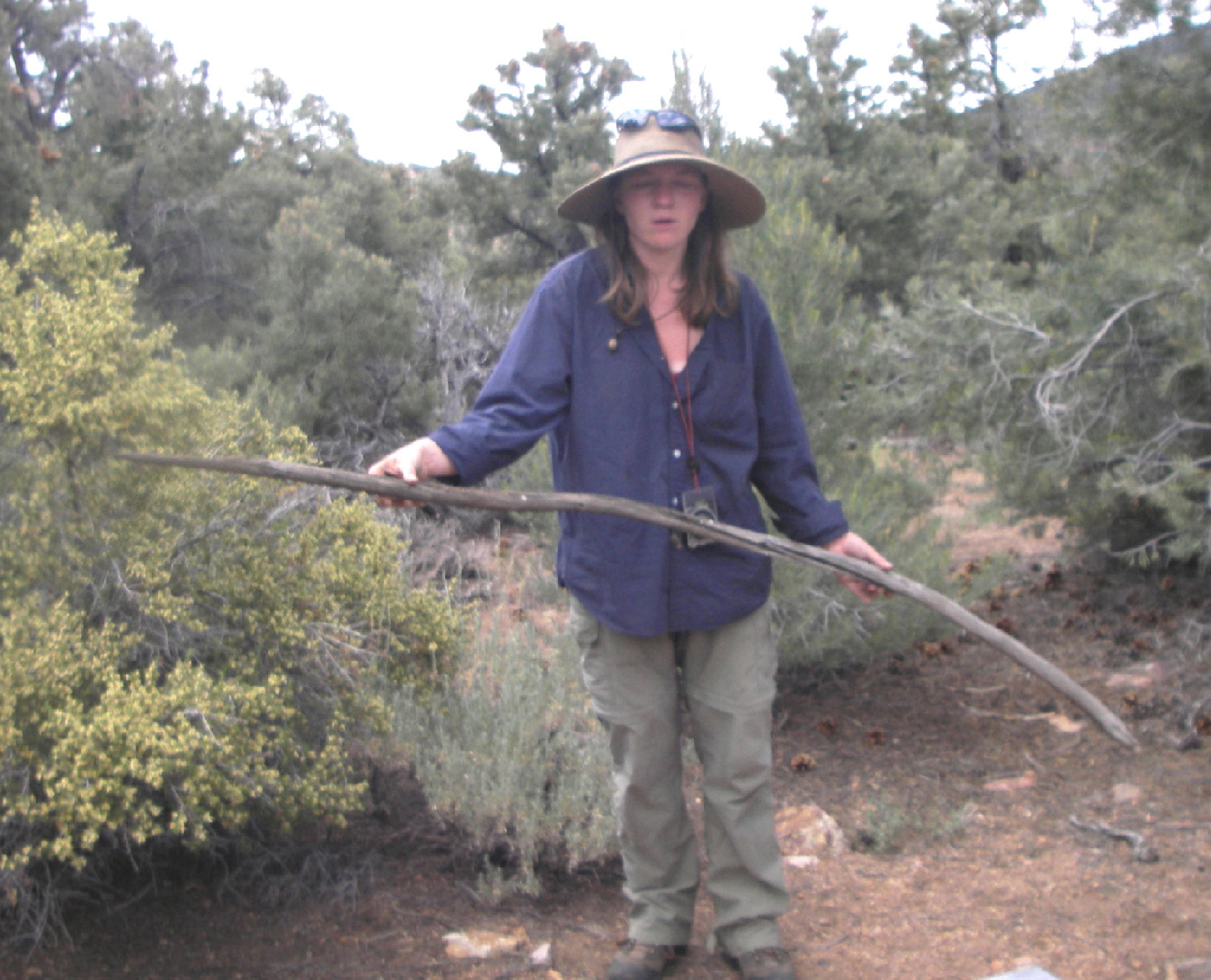 |
|
|
| Men and boys would use long wooden poles to hook or knock the cones out of the trees. This archaeologist is holding a pinyon pole discovered during a field survey. |
|
|
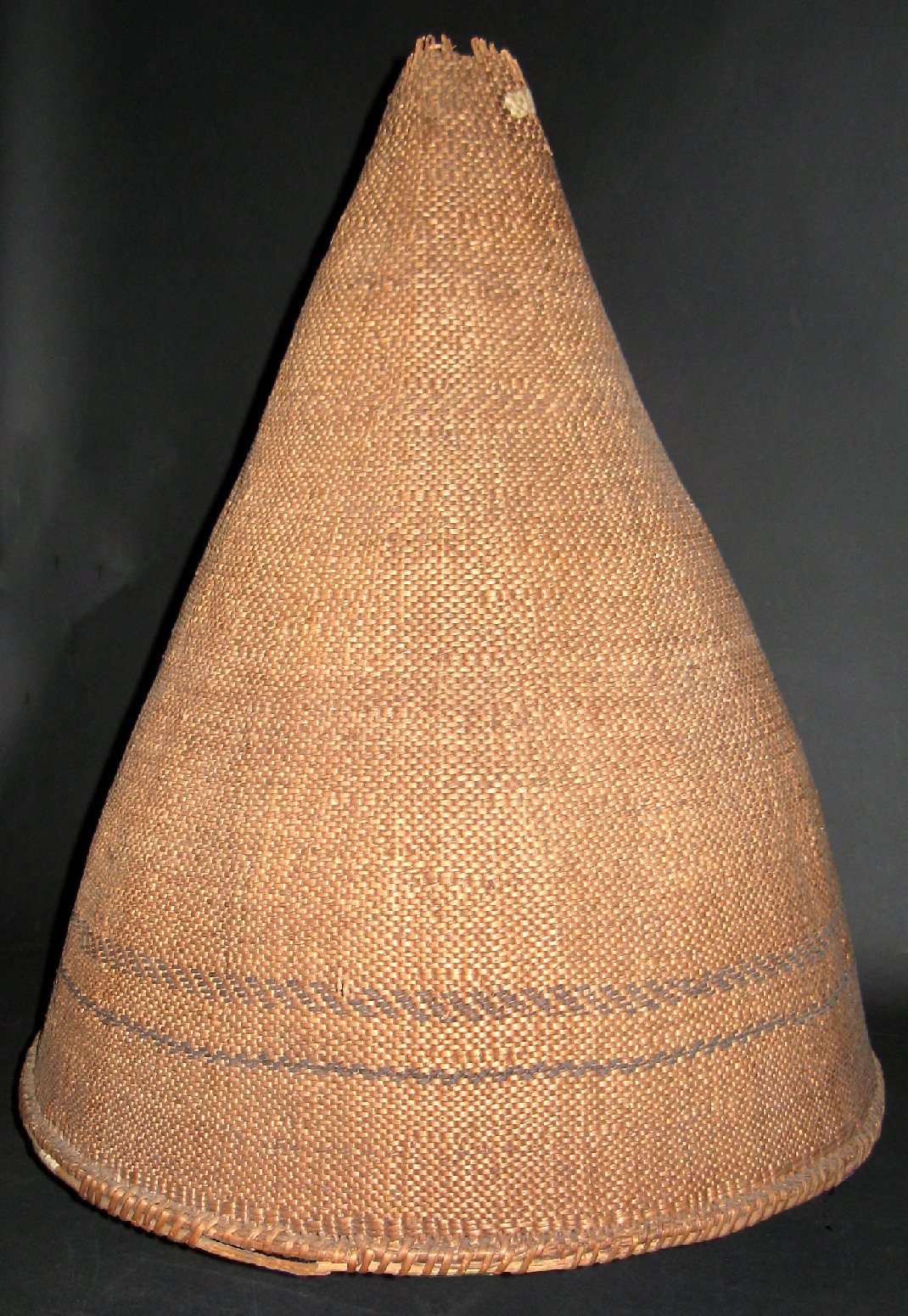 |
|
|
|
The women and children gathered the cones from under the trees in large cone-shaped baskets. |
|
|
|
Courtesy of the Department of Anthropology, University of California, Davis. |
|
|
 |
|
|
| This Native woman was photographed sitting in front of a cache of pinyon cones (covered with pinyon branches). She is breaking open the cones in the basket in front of her using a stick. |
|
|
|
Courtesy of the Nevada State Museum, Carson City, Nevada Department of Cultural Affairs |
|
|
|
(Next) (Back) (Home) |
|
|
|
|
|
|
|
|
|
|
|
|
|
|
|
|
|
|
|
|
|
|
|
|
|
|
|
|
|
|






